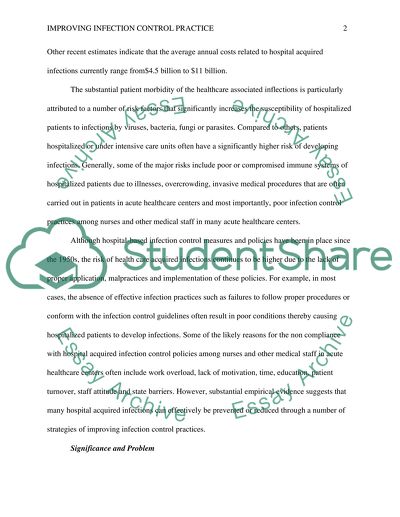Cite this document
(“Infection Control Practice in Acute Care Centers Essay”, n.d.)
Retrieved from https://studentshare.org/nursing/1662941-infection-control-practice-in-acute-care-centers
Retrieved from https://studentshare.org/nursing/1662941-infection-control-practice-in-acute-care-centers
(Infection Control Practice in Acute Care Centers Essay)
https://studentshare.org/nursing/1662941-infection-control-practice-in-acute-care-centers.
https://studentshare.org/nursing/1662941-infection-control-practice-in-acute-care-centers.
“Infection Control Practice in Acute Care Centers Essay”, n.d. https://studentshare.org/nursing/1662941-infection-control-practice-in-acute-care-centers.


